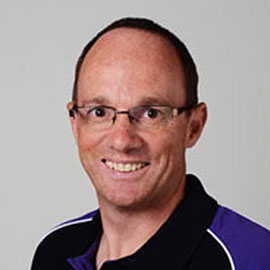

35 Massages
From Around the World

Massage is a practice that has been performed since ancient and medieval times. Many of the different massage types you see today originated from ancient civilisations including China, Japan, India, Egypt, and Greece, and were performed to induce a number of different bodily responses. Every type of massage offers a different historical and cultural experience.
Depending on where you’re having the massage, the practitioner might use their hands, fingers, forearms, elbows, and sometimes even knees and feet! A range of facilities, equipment, and supplies may also be used, with everything from your standard massage tables and chairs to warm-water pools, lotions, and even stones or rocks.

With all those differences in mind, here are 35 different massages from around the world.
1. Acupressure – China
Acupressure is a traditional Chinese healing method that is thousands of years old, derived from the practice of acupuncture. Acupressure is very effective at treating tension-related ailments such as headaches, backaches, muscle aches, eye strain, neck pain, sinus issues, arthritis, and tension due to stress. Acupressure also aids in the removal of toxic wastes and increases your energy levels and overall feeling of wellbeing.
 Technique
Technique
Gentle but firm pressure is applied on acupuncture points on the body using the hand, fingers, or elbow to stimulate the body’s natural self-healing abilities. Pressing on these acupressure points releases muscle tension, helps with blood circulation, and heals the body. You’ll feel completely relaxed and relieved afterwards.
2. Acu-Yoga – China/India
 Technique
Technique
3. Amma – Japan
 Technique
Technique
A combination of pressing, stretching, stroking, and percussion manipulations are involved, along with smooth, fluid-like movements to stimulate circulatory systems. To carry out the massage, the fingers, thumbs, arms, elbows, knees, and feet are used and applied alongside acupressure points sitting on the body’s 14 meridians or energy pathways. Oils aren’t generally used, and the client can be either seated or lying down, although a lying down position creates a stronger flow of energy in the body.
4. Aromatherapy – Egypt/Greece/Italy
 Technique
Technique
5. Ayurvedic Massage – India
 Technique
Technique
6. Balinese Massage – Bali
 Technique
Technique
7. Blind Massage – China
 Technique
Technique
8. Cross Fibre Release/Contractual Tendon Release -Australia
 Technique
Technique
9. Breema – Breemava
 Technique
Technique
10. Hakali – Mexico
 Technique
Technique
11. Champissage – India
 Technique
Technique
12. Creole Bamboo Massage – Mascarene Archipelago Islands
 Technique
Technique
13. Elephant Massage – Thailand
 Technique
Technique
14. Esalen – California
 Technique
Technique
15. Fire Massage – China
 Technique
Technique
16. Gua Sha – China
 Technique
Technique
17. Hammam – Turkey
 Technique
Technique
18. Hilot – Philippines
Hilot is a traditional healing practice in the Philippines that includes acupressure, deep tissue massage, chiropractic methods, and light exorcisms as part of the therapy. Hilot is most useful for treating pain, stiffness, aches, cramps, and anxiety, and is extremely effective at resetting sprained or stressed joints. Hilot can also be used to aid the childbirth process. A hilot practitioner is often also a herbalist, and can treat both common pains and ailments as well as more complex illnesses.
